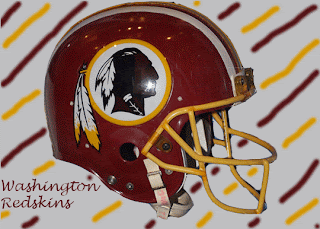Clarity
Are the literal, stylistic and thematic messages of this piece clearly and efficiently presented?
Each part of this piece is trying to convey the meaning of one word. I thing each section accurately conveys the meaning of that particular word.
Is each working toward the same overall message and goal?
Each image is working toward conveying the meaning of the word. All of the text is explain what I was thinking and what I was trying to accomplish for each image.
Is there any possibility of misinterpretation of the piece’s message?
There is always a possibility of misinterpretation. This is why I included text explaining what I was trying to do and what I was thinking. Since this is not complex I do not think anyone would misinterpret the message.
Is there more than one message fighting for attention here?
No, Each image is conveying the message of one word. Each section of text is explaining one image.
Could the concept, message, or theme be simplified for the sake of impact?
No, I think that everything is already at its simplest point.
Audience
Who is the target viewer of the piece?
The target viewer of this piece is the professor. Also the students in the class can view this piece. I also think I am a viewer of this piece. Since we have to write a reflection about each image I look critically and describe everything that I have done. This helps me to realize what I have done well and what I need to work on doing better in the future.
Who does the client think their primary audience will be?
Since this is a project for school there is no client.
What are the visual tastes of the demographic segment?
When I turned in the blog for the last assignment it was all black with white text. The professor did not really like that so I tried to make a lighter background color with black text. So the visual taste is not dart colors.
What can you do to be sure of your conclusions?
I do not think there is anything I can do to be completely sure. I do not think anyone can ever be completely sure of something that is subjective. Some people will like certain things and others will not. All I can do is try to learn as much from the book and put forth my best effort. Then make change and learn from feedback.
What tone should the concept have if it is to be well received by the audience?
Since this is for a class I think and informative and descriptive tone will be well received by the audience. Also being aware and willing to learn from mistakes and successes will also be well received by the audience.
What sort of lingo might they respond to?
Terminology that is in the Design Basic Index, specifically the list of terms on blackboard.
Does the concept behind this piece talk down to the target audience?
No. The text is purely descriptive of what I have done.
Might it fly over their heads?
No, the professor is way smarter than I am and I do not think anything on this subject would be over her head. The other students in the class have heard the same lectures and read the same book.
Does this design stand apart from what this audience has already seen?
No, the audience had been working on the same exercise as I have.
If this piece were a person, what would she/ he look like and how would they behave?
What would the target audience think of this person?
Purpose
What exactly is this piece supposed to do?
Use images to show depictions of different word and alter the words to convey meaning using different techniques learned over the course of the semester.
Is it meant to sell a product?
No.
Is the purpose to inform or persuade?
The purpose is to inform both the audience and myself. It also has a secondary purpose to persuade the professor who is grading the assignment that I have learned the material over the course of the semester so I hopefully get a good grade.
If so, by what means?
It informs by demonstrating different techniques learned in the course. I persuades by showing off what I have learned. If this fails to inform it also fails to persuade and I will get a failing grade on the assignment.
Have you discussed the purpose with your client or art director?
Yes. I have showed the different parts to the professor and gotten feedback on how to make it better.
Has the purpose of this piece been adequately narrowed so that it can be given as much attention and power as possible?
Yes. Each image and text is on one specific topic.














































